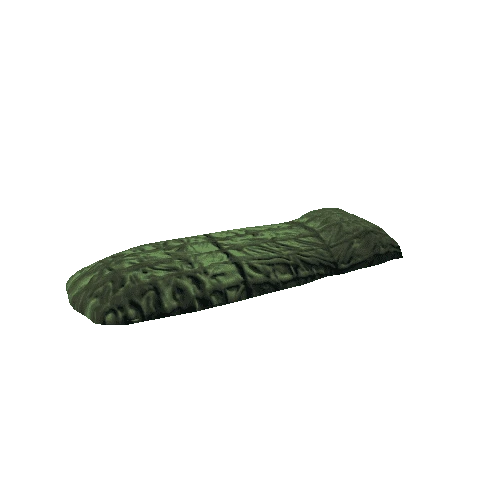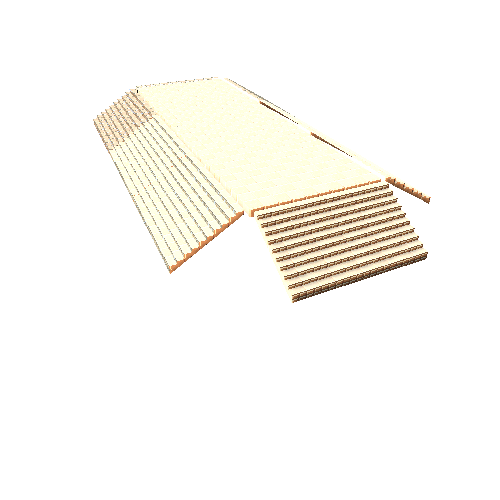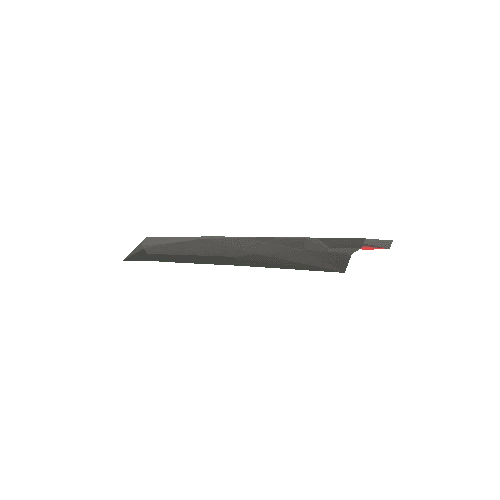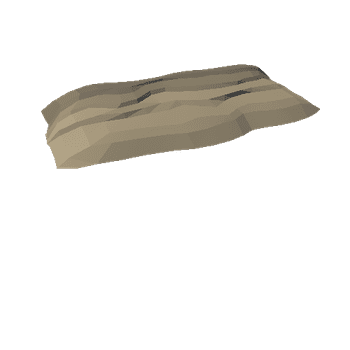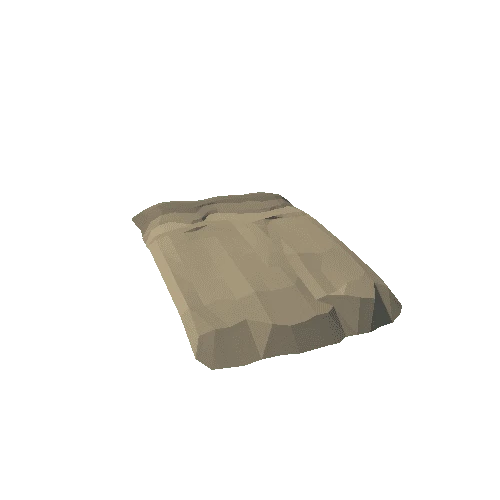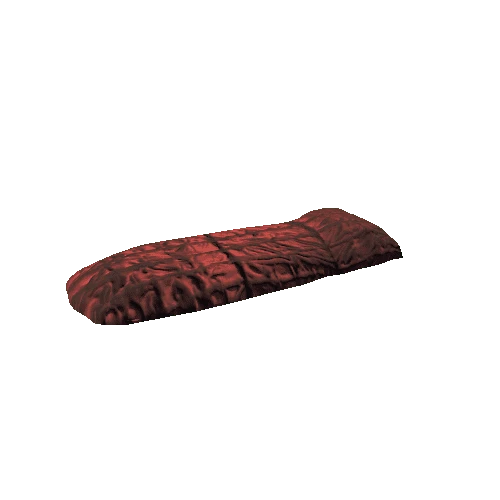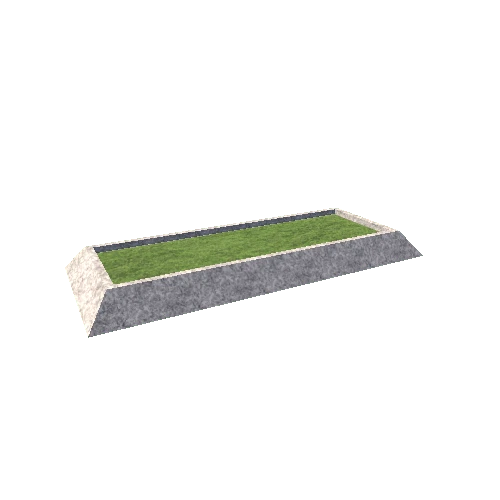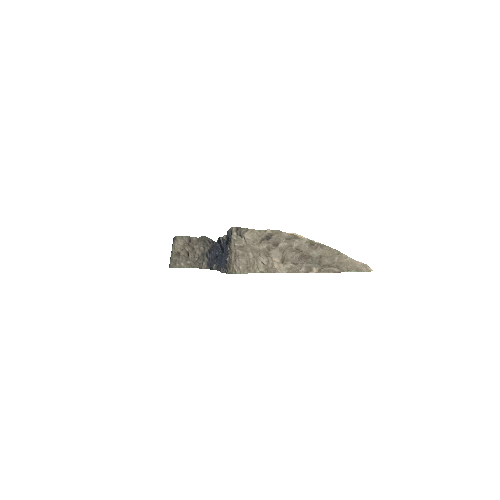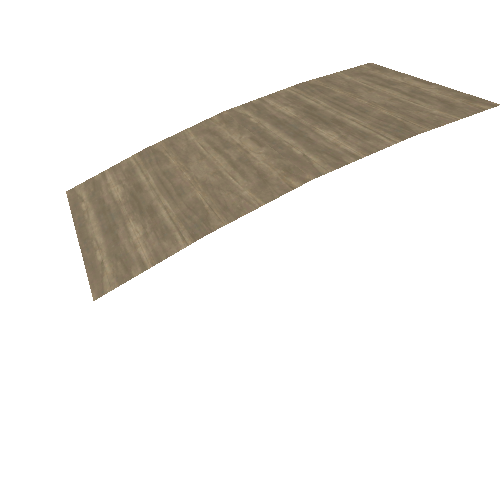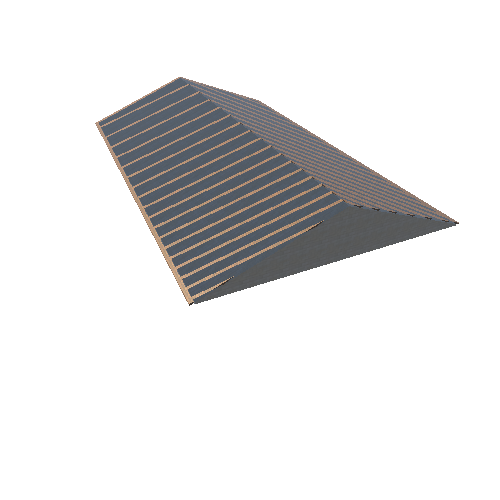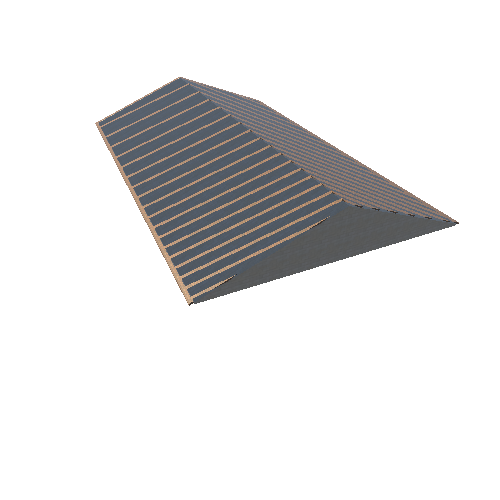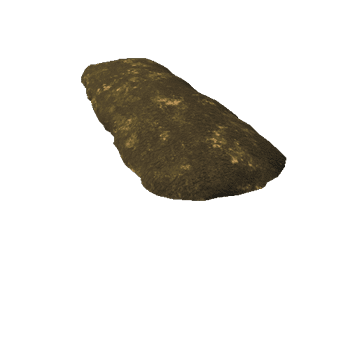Select or drop a image or 3D model here to search.
We support JPG, JPEG, PNG, GIF, WEBP, GLB, OBJ, STL, FBX. More formats will be added in the future.
Asset Overview
Petroglyphs are one of the most representative assemblages in NW Iberia. They date from the Neolithic to the Bronce Age and many were re-signified durig the Middle Age with crosses. Their distribution is mainly the coastal areas of Pontevedra and A Coruña. Appeared during around de 3.000 B.C when climate got dryer and the agropastoralist populations that inhabited the lowlands had problems to keep their livestock during the summer months and drove their cattle to the uplands "penichairas" in search of more wet conditions, in those places they carved the rocks with weapons, deers and geometrical motives. The scholars (Bradley et al. 1994) belive that the role of the art was a teritorial marker in a crucial resource: pasture during the dry season.
Conxo's petroglyph (3000 - II.BC) is located on a hill on the outskirts of Santiago the Compostela, underneath lay the remains of an Iron Age hillfort. Researchers had call this kind of rocks "rocas panoplia" (de la Peña and Rey 2001) due to the quantity of weapons.
